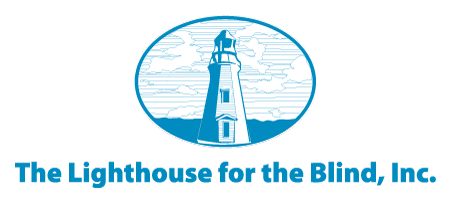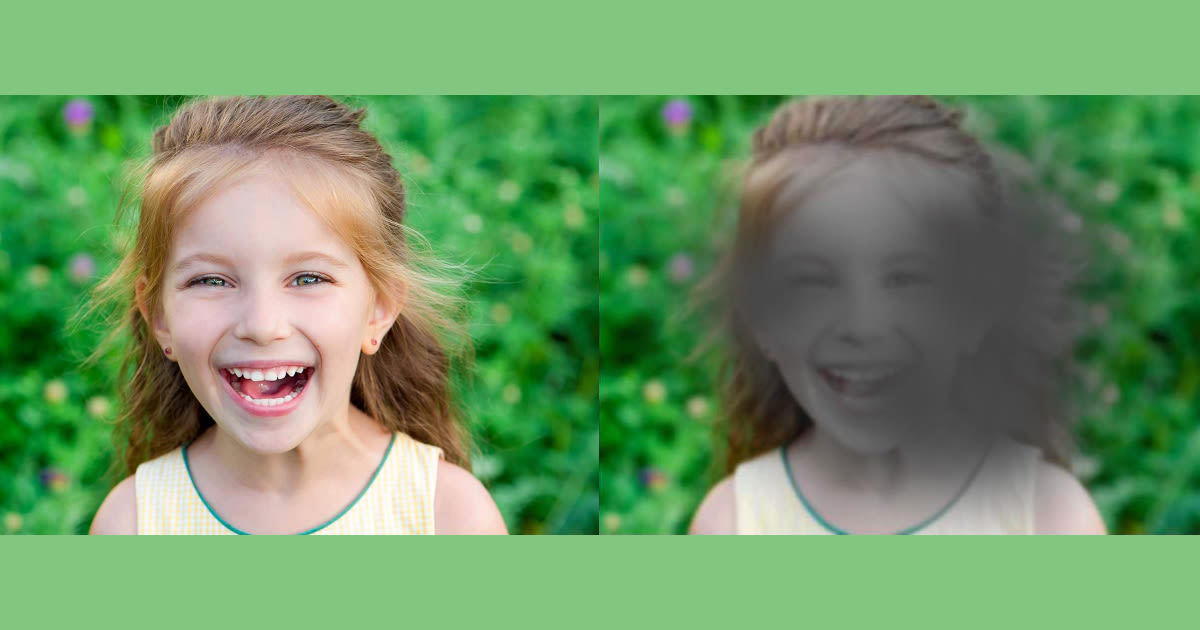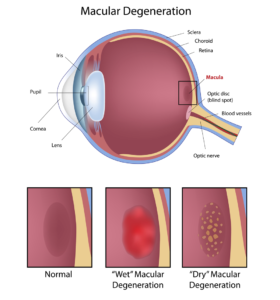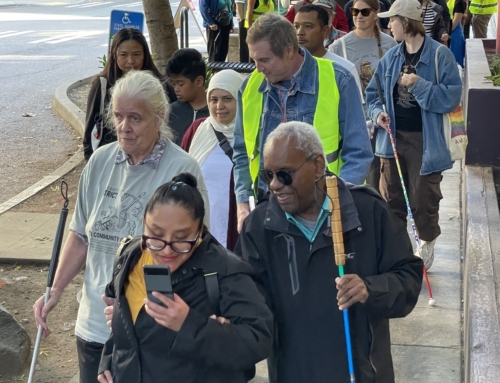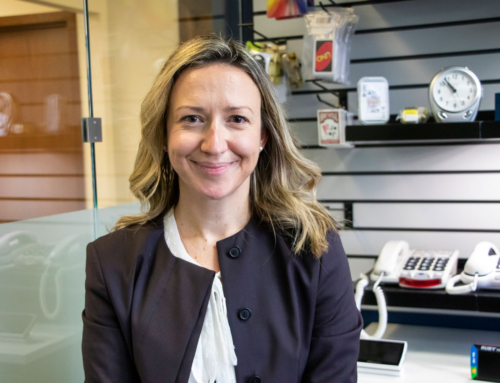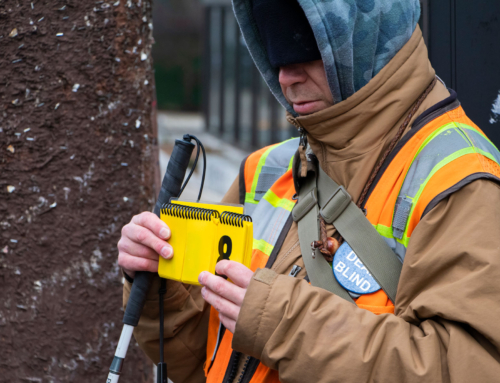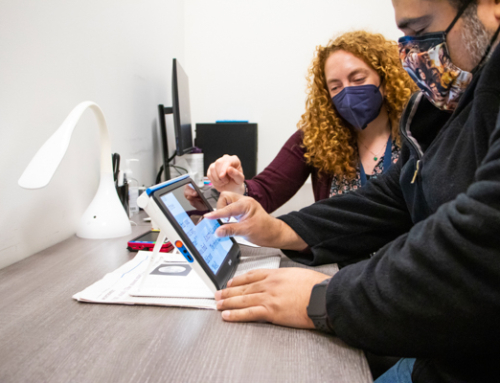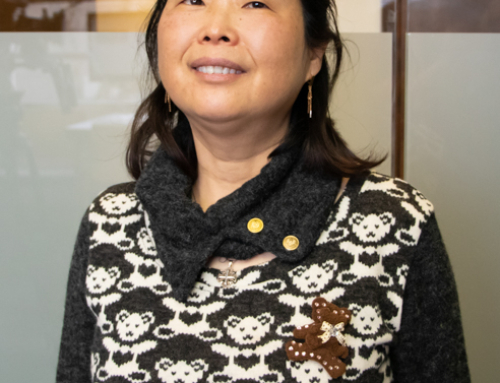Age-related macular degeneration (AMD) is a leading cause of vision loss in adults over the age of 50. AMD causes damage to a small part of the retina responsible for central vision called the macula. When damage to the macula occurs, it typically causes loss of central, detailed vision which results in difficulty with tasks such as reading, driving, threading a needle, or recognizing faces.
Types of AMD
Dry AMD:
The most common form of macular degeneration is Dry AMD, this type represents about 80% of diagnosed cases. It is caused by the appearance of small, yellow deposits called ‘drusen’ under the macula, the part of the retina responsible for detailed vision. A build up of these drusen can lead to macular degeneration. This form of AMD usually progresses very gradually, sometimes without symptoms until later stages.
Wet AMD:
Wet AMD occurs due to formation of new tiny, weak blood vessels under and around the macula. Due to their fragile nature, these blood vessels can break, and then leak or bleed into the macula, causing scarring and loss of vision. Wet AMD usually presents more rapidly, advancing to serious vision loss.
What Causes AMD? What are the Risk Factors?
The cause of AMD is not clearly understood at this time. There are, however, some known risk factors, such as:
- Family history of AMD
- Aging: predominantly occurs in those over 65
- Race: Caucasians have a higher incidence of AMD
- Sex: females are affected at a greater rate (perhaps due to living longer)
- Light colored eyes
- Smoking
- High blood pressure
- High cholesterol
- Obesity
- High sun exposure
- Poor diet
Symptoms of AMD
- Central vision becomes blurry at first, sometimes progressing to a total loss of central vision
- Straight lines look ‘wavy’
- Colors, particularly pastels, become harder to distinguish from one another
- Seeing in dim light becomes more difficult
Are There Treatments for Age Related Macular Degeneration?
At this time, there is no cure for this eye condition. However, there are ways to slow down its progression, as well as healthy living choices which can make a difference in the speed of the progression of the condition.
Healthy lifestyle:
Avoid smoking, exercise regularly, keep blood pressure and cholesterol well controlled, prevent exposure to UV light, eat a well-balanced diet filled with leafy greens, fish, and avoiding processed foods. All lifestyle and diet changes should be discussed with your doctor prior to the modifications.
Supplements:
A large study, Age Related Eye Disease Study (AREDS and AREDS II), found that a combination of vitamins and minerals (lutein, zeaxanthin, zinc, copper and vitamins C and E) can slow down the progression of Dry AMD in SOME patients; ask your doctor if an AREDS-type supplement might be worthwhile for you.
Injections:
Injecting anti-vascular endothelial growth factor (anti-VEGF) drugs directly into the eye is a common treatment to treat wet AMD. These injections slow down the development of new blood vessels in the retina, thereby reducing further scarring and loss of vision.
Lasers:
Lasers are occasionally used to treat wet AMD to destroy the new, rogue blood vessels, to stop the leakage into the retina.
Living With Low Vision
While there is currently no cure for Age-Related Macular Degeneration (AMD), there are ways to live with it successfully and learn new techniques to live fulfilling and independent lives. Some of these tips may include:
- Use of high-powered magnification for reading tasks
- Increased ‘task’ lighting when reading or performing other detailed activities. Learn about lighting for low vision >>
- Increased use of contrasting colors around the home, to make key areas and items ‘stand out’ from the background
There are many ways that a person living with low vision can continue to successfully manage their home, especially when it comes to everyday tasks like cooking and cleaning. Learn 8 Tips for Adjusting to Household Tasks With Low Vision >>
Working With Low Vision
People with vision loss and low vision can find themselves facing unique challenges, particularly in the realm of employment. The Lighthouse for the Blind, Inc. specializes in employment for people with vision impairment. We foster self-confidence and instill a life changing affirmation that independence is possible.
We are dedicated to strengthening our mission by eliminating barriers to employment and services. We are committed to individuals from a spectrum of backgrounds, cultures, identities, and abilities to authentically guide our diversity, equity, and inclusion practices. We celebrate these diverse perspectives. We pledge to make these values central to our hiring practices, upward mobility initiatives, and to the development of our leadership, business lines, programs, and community services.
Learn more about finding a job at one of our many locations >>
Lighthouse Low Vision Services
The Low Vision Clinic offers programs to enhance services for the Low Vision Community in the Puget Sound region. Services include Low Vision Rehabilitation Services, Lighthouse Low Vision Clinic, and Lighthouse Low Vision Store.
Low vision is generally defined as a vision decrease that cannot be corrected with conventional glasses or contact lenses which interferes with the performance of daily living tasks.
For more information on living with vision loss, contact our Low Vision Services team at: (206) 436-2154
More to Learn
Understanding Challenges and Empowering Those With Low Vision >>
Earnest Glover Has Never Allowed Macular Degeneration to Hold Him Back >>
Learn about adaptive technology for people who are blind, DeafBlind, or low vision >>
